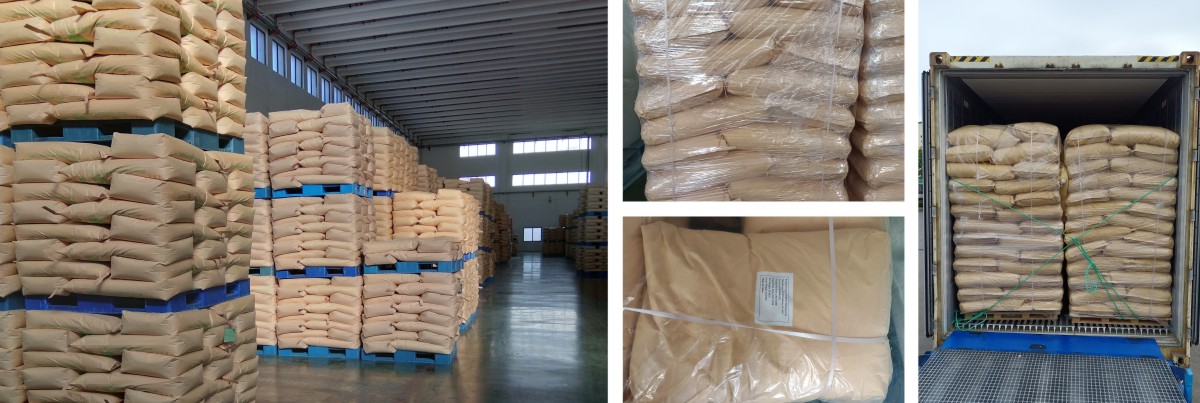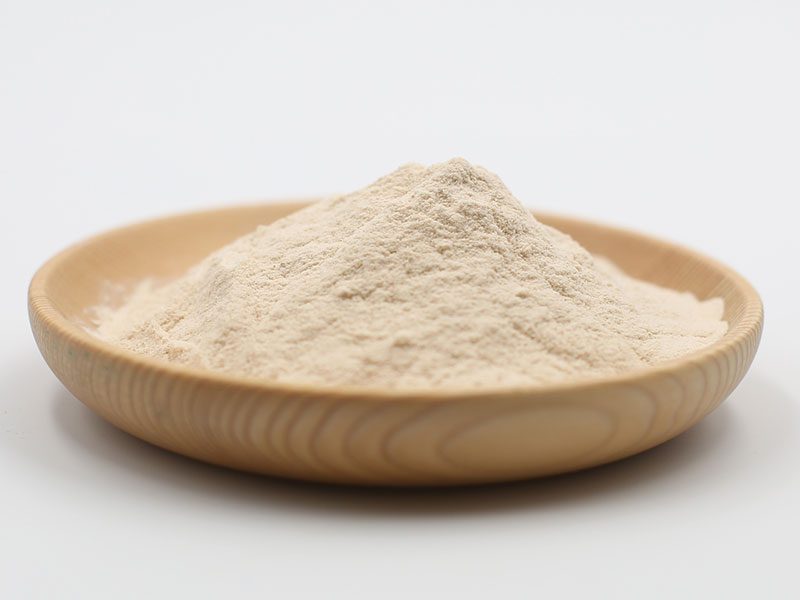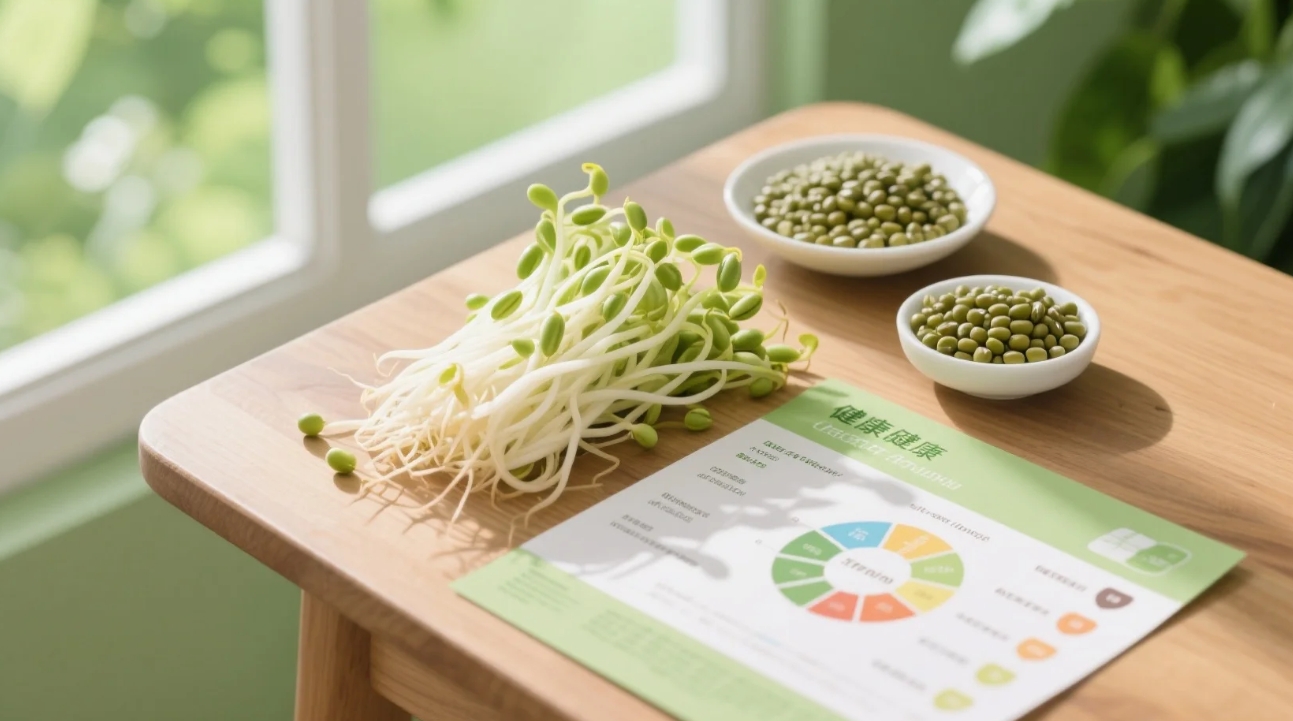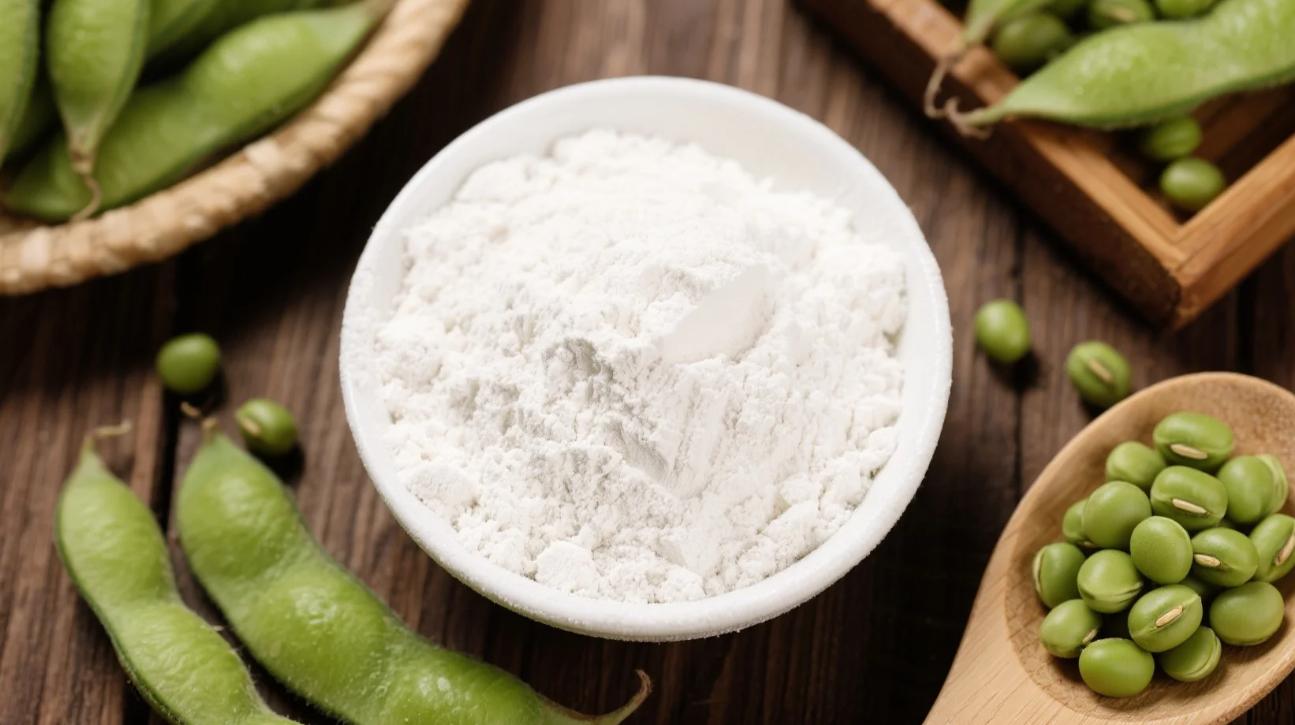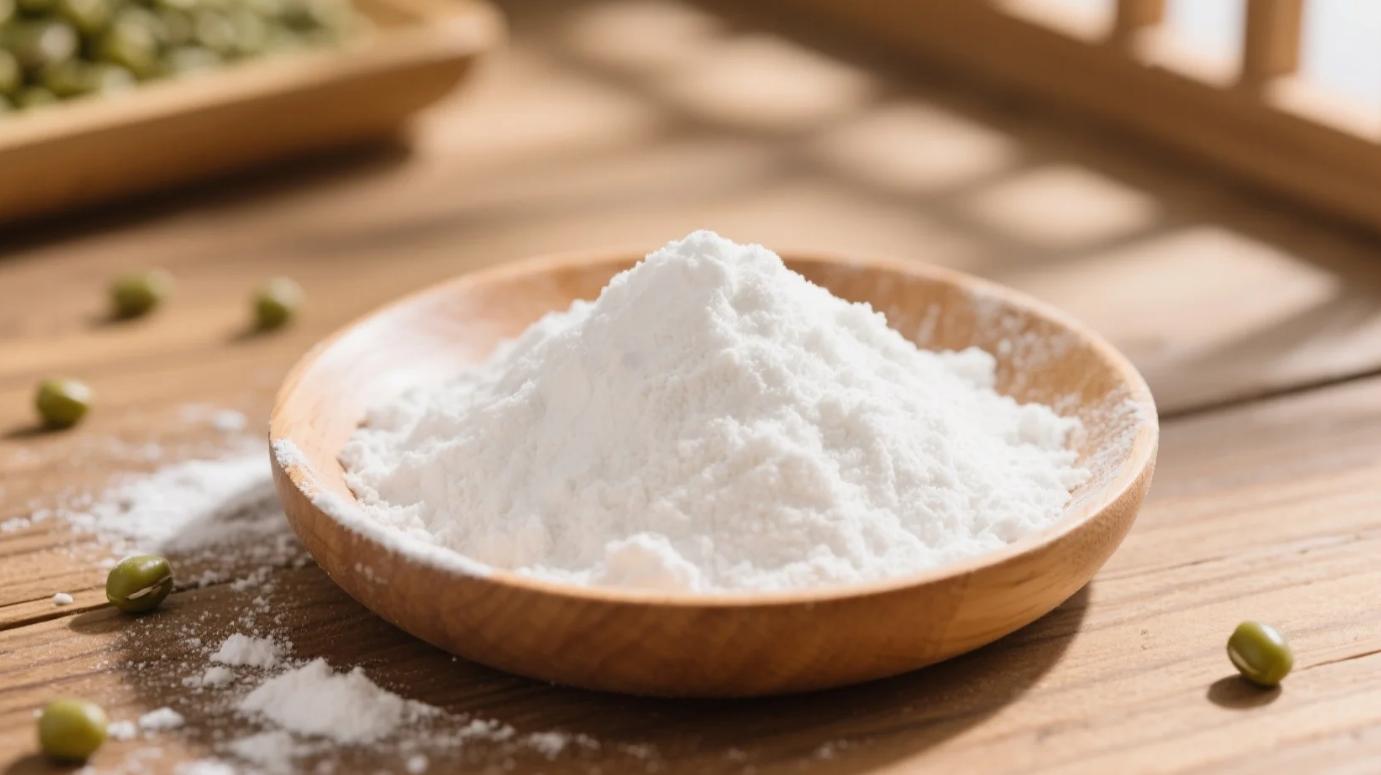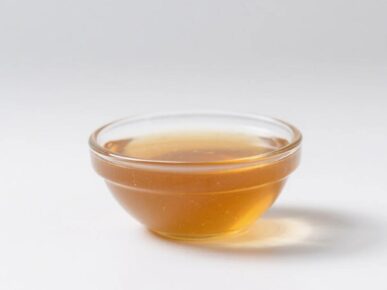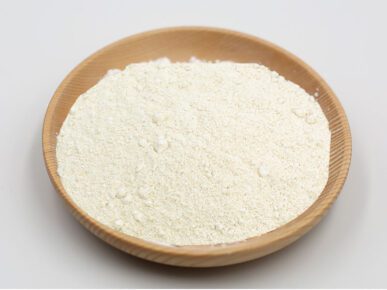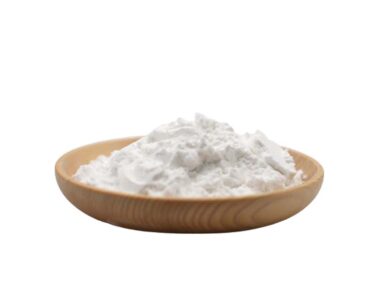Table of Contents
What is Organic Mung Bean Starch Powder?
Organic Mung Bean Starch Powder is extracted from certified organic mung beans (Vigna radiata) using a water-based, solvent-free process. This native starch features exceptionally high amylose content (35-40%) for strong gelling, ultra-transparency, and smooth texture. Ideal as a clean-label alternative to modified starches in culinary, food manufacturing, and technical applications.
Specifications
| Parameter | Specification |
|---|---|
| Botanical Source | Vigna radiata (organic mung beans) |
| Starch Purity | ≥99% (AOAC 996.11) |
| Amylose Content | 35-40% |
| Moisture | ≤12% |
| Protein Residue | ≤0.2% (Kjeldahl) |
| Ash Content | ≤0.3% |
| Whiteness (L value)* | ≥92 (Hunter Lab) |
| pH (10% slurry) | 6.0-7.0 |
| Particle Size (D50) | 15-25μm |
| Swelling Power | ≥25 g/g (90°C) |
| Solubility | ≥85% (hot water) |
| Viscosity (Brabender) | Peak: 600-800 BU |
| Gelatinization Temp | 60-70°C |
Key Highlights
- Crystal-Clear Gels: Light transmittance >99% (vs. corn starch 75%)
- Freeze-Thaw Stability: Withstands 5+ cycles without syneresis
- Clean-Label: Non-GMO, E-number-free, no chemical modification
- Functional Superiority: Higher gel strength than potato/tapioca starch
Key Features & Benefits
- Texture & Clarity Optimization
- Transparent Gels: Forms glass-like gels for fruit fillings, aspics
- Smooth Mouthfeel: Prevents graininess in sauces/puddings
- Shear Resistance: Maintains viscosity in high-speed processing
- Stability Performance
- Freeze-Thaw Resilience: Ideal for frozen desserts/pastries
- Acid Tolerance: Stable at pH 3.0-8.0 (dressings/fruit preparations)
- Low Retrogradation: Delays staling in gluten-free baked goods
- Nutritional & Safety Profile
- Hypoallergenic: Gluten-free, nut-free, top-14-allergen-free
- Low Glycemic Impact: Slow glucose release (GI 45 vs. corn starch 90)
- Resistant Starch: 5-8% RS3 content (prebiotic benefits)
- Process Efficiency
- Cold-water swelling (no pre-gelatinization needed)
- 30% less usage vs. corn starch for equivalent viscosity
Applications
| Industry | Use Cases | Usage Level |
|---|---|---|
| Asian Cuisine | Glass noodles, mochi, tangyuan | 100% starch base |
| Confectionery | Gummies, jelly candies, fruit fillings | 8-15% |
| Sauces & Soups | Clear gravies, hot pot broths, transparent sauces | 3-8% |
| Bakery | Gluten-free bread binders, pastry creams | 5-20% of flour weight |
| Frozen Foods | Ice cream stabilizer, frozen dumpling fillers | 1-4% |
| Industrial | Biodegradable packaging, paper coating | 10-30% suspension |
| Pharmaceuticals | Tablet binder/disintegrant, capsule filler | 5-15% |
Certifications & Quality Assurance
- Organic: USDA, EU Organic, JAS
- Non-GMO: Non-GMO Project Verified
- Safety:
- Heavy Metals: Pb<0.1ppm, Cd<0.05ppm, As<0.2ppm
- Pesticides: 500+ residues non-detect (GC-MS/LC-MS)
- Microbiology: TPC<10,000 CFU/g
- Performance Testing:
- Pasting properties (Brabender ViscoAmylograph)
- Gel strength (TA.XT Plus Texture Analyzer)
- Freeze-thaw stability (AACC 22-50)
Why Choose Us
Technical Excellence
- Low-Protein Extraction: Patented wet-milling yields <0.2% protein
- Granule Integrity: Undamaged starch granules for optimal swelling
Supply Chain Transparency
- Traceable to organic farms (blockchain-enabled)
- Batch-specific COAs with amylose verification
Sustainability Commitment
- Water recycling (closed-loop processing)
- Bean protein co-product utilization (zero waste)
FAQs
Q: How does it compare to cornstarch?
A: Higher gel strength, clearer texture, and better freeze-thaw stability.
Q: Is it suitable for keto diets?
A: Yes! Contains resistant starch (low digestible carbs) for gut health.
Q: Can it replace tapioca starch?
A: Yes – use 1:1 in recipes but reduce water slightly due to higher absorbency.
Q: MOQ for bulk orders?
A: 500kg for production batches; 25kg trial orders available.
Packing
